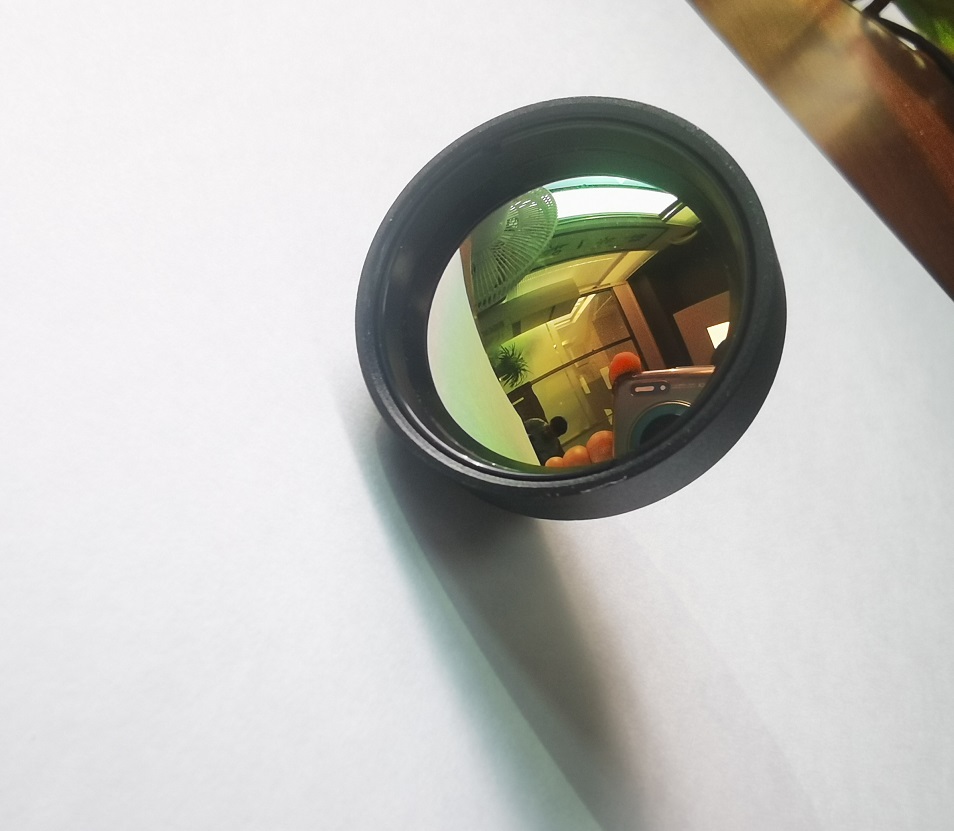Industrial News
Exploring the Potential of Mid-Wave Infrared Cameras

The field of imaging technology has witnessed remarkable advancements, and one such breakthrough is the emergence of Mid-Wave Infrared (MWIR) cameras. Equipped with cutting-edge sensors and advanced algorithms, MWIR cameras have revolutionized the way we see and interact with the world around us. In this article, we delve into the realm of MWIR cameras, uncovering their capabilities, applications, and contributions to various industries.
The Infrared Spectrum: Illuminating the Invisible
The electromagnetic spectrum consists of various wavelengths, each carrying unique properties. While visible light is the most familiar range to the human eye, MWIR cameras delve into the unseen region of the spectrum. Situated between the longer-wavelength Long-Wave Infrared (LWIR) and the shorter-wavelength Near-Infrared (NIR) cameras, MWIR cameras offer a balanced approach, making them highly versatile tools for a wide range of applications.
The Science Behind MWIR Cameras
MWIR cameras rely on the detection and capture of thermal radiation emitted by bodies. This thermal radiation lies in the mid-infrared region, typically ranging between 3 and 5 micrometers. The cameras use specialized sensors, such as mercury cadmium telluride (MCT) or Indium Antimonide (InSb), to capture infrared images, which are then processed for visualization and analysis.
Additionally, MWIR cameras often employ advanced cooling mechanisms, such as cryogenic cooling, to enhance their sensitivity and reduce noise, leading to superior image quality even in challenging environmental conditions.
Applications in Various Industries
The unique imaging capabilities of MWIR cameras find applications across diverse industries:
- Military and Defense: MWIR cameras play a crucial role in surveillance, target acquisition, and threat detection, enabling effective operations even during nighttime or low-visibility conditions.
- Industrial Inspections: MWIR cameras facilitate non-destructive testing, identifying anomalies, and inspecting components in sectors like aerospace, automotive, and manufacturing, ensuring reliability and safety.
- Medical Thermal Imaging: MWIR cameras aid in early disease detection, monitoring physiological conditions, and identifying thermal patterns, assisting healthcare professionals in making accurate diagnoses and providing effective treatments.
- Environmental Monitoring: MWIR cameras help monitor emissions, detect forest fires, and assess energy efficiency, contributing to sustainable practices and conservation efforts.
In addition to the above, MWIR cameras find applications in scientific research, transportation, firefighting, and countless other domains where the analysis of thermal and infrared data is vital.
In Conclusion
MWIR cameras have emerged as indispensable tools, enabling us to explore the hidden world of infrared radiation. With their advanced sensors, cooling mechanisms, and wide-ranging applications, MWIR cameras have found their way into various industries, contributing to enhanced efficiency, safety, and knowledge. As technology continues to advance, we can expect further innovations in MWIR cameras, opening up new possibilities and expanding our understanding of the unseen spectrum.
 English
English  German
German Japanese
Japanese Korean
Korean Vietnamese
Vietnamese French
French Spanish
Spanish भारत
भारत



